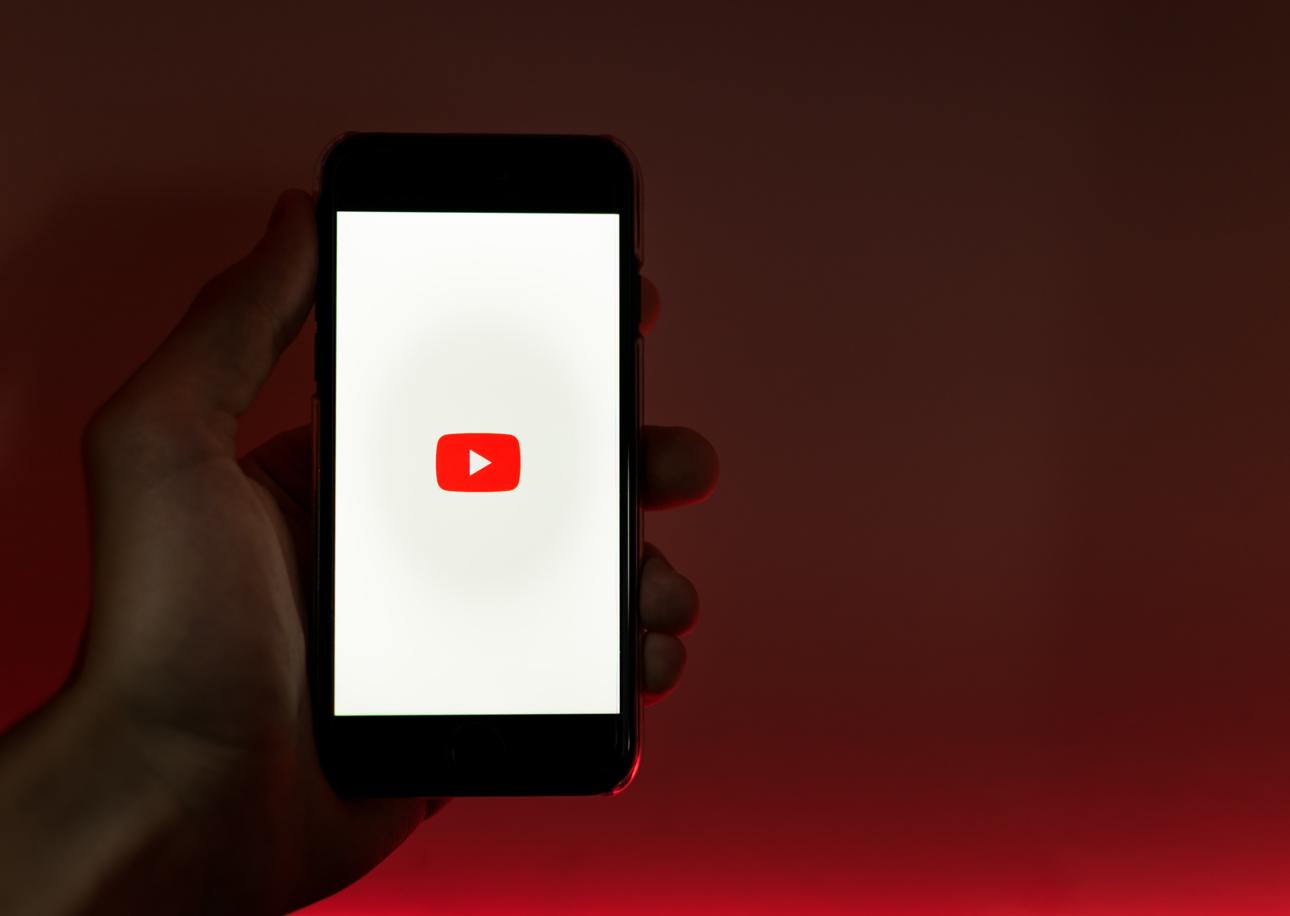Gentlemen’s Guide: Bangkok’s 5 Best Barber Shops
These top 5 barber shops in Bangkok are where gentlemen can elevate ...

The company announced the change in a blog post, explaining that “to ensure YouTube promotes respectful interactions between viewers and creators, we introduced several features and policies to improve their experience”. Many users, particularly smaller channels, were finding themselves the target of harassment and mass dislike attacks. In order to combat the issue, the number of dislikes will no longer be displayed publicly. Creators will still be able to view their video statistics, though—including the exact number of dislikes.
General feedback so far? Not so great.
Dislikes were there for a reason: to let people weigh in without explanation or effort. Some argue that, by removing the dislike count, we are more likely to waste time watching low-quality or misleading videos. We won’t be able to garner a quick public consensus of a video, and we’ll need to spend more time watching to determine the value of the content, or scroll through the comments to know if there’s a problem.
Many observers are just not buying the claim that YouTube wants to protect small creators, since the channels that are most often the target of dislike attacks are generally large corporations. YouTube itself held the title for most disliked video of all time (YouTube Rewind 2018 holding #1).
Users don’t just hit the dislike button because they’re not enjoying the video. They use it as a form of protest against companies in hot water. In fact, the second-most disliked video on the platform is a protest against nepotism in Bollywood. While it’s true that creators need to be protected from harassment and attacks, this isn’t what the audience thinks is the right way forward.
How about you? Do you believe this change is beneficial to the platform, or do you ‘dislike’ it?
These top 5 barber shops in Bangkok are where gentlemen can elevate ...
Wandering around the globe, try out the signature tastes of cultures across ...
Pets, as cherished members of our families, deserve rights and protections that ...
Sailorr and Molly Santana’s black grills fuse hip-hop swagger with homage to ...
What happens when Bangkok’s dining scene expands beyond the familiar. Ethnic border ...
The dark elegance of Frankenstein’s costume design reveals itself. Gothic and romantic ...
Wee use cookies to deliver your best experience on our website. By using our website, you consent to our cookies in accordance with our cookies policy and privacy policy